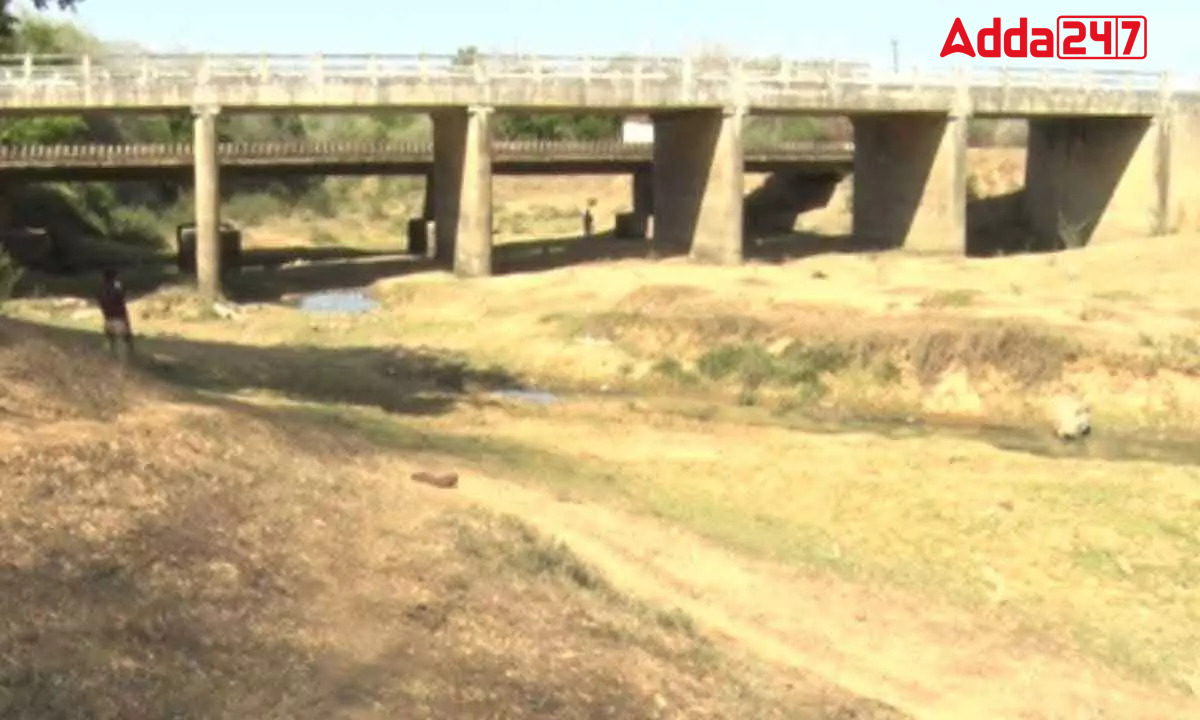The Lakshmana Tirtha River, renowned for its scenic beauty in the Kodagu District of Karnataka, has succumbed to severe drought and intense heat. Originating from the forests in Kutta, it extends about 180 km before merging into the Cauvery River. However, this year, the river has dried up entirely, exacerbating the water crisis in the region.
Reasons Behind Drying Up
The primary cause of the river’s drying up is the significant deficit in rainfall, with Kodagu experiencing a 40% shortfall last year. This deficit has depleted groundwater levels across the district, resulting in the early drying up of smaller streams, which subsequently reduced inflow into the Lakshmana Tirtha and Cauvery rivers.
Impacts on Communities
The drying up of the Lakshmana Tirtha River has severely impacted farmers in South Kodagu, who rely on it for irrigating their crops, particularly coffee plantations. Additionally, residents and livestock are facing a scarcity of drinking water, exacerbating the already dire situation. With more rivers in the district drying up, the water crisis has reached a critical level, leaving communities anxious about their future water supply.
Overview of the Cauvery River
The Cauvery River, originating from Talakaveri in the Coorg District, flows through Tamil Nadu, Karnataka, Kerala, and the Union Territory of Puducherry. Its tributaries include the Harangi, Hemavati, Shimsha, and others, with the Lakshmana Tirtha among those joining from the right. The river ultimately drains into the Bay of Bengal.




 Viksit Bharat Shiksha Adhishthan Bill, 2...
Viksit Bharat Shiksha Adhishthan Bill, 2...
 Vice-President Releases Commemorative St...
Vice-President Releases Commemorative St...
 Cabinet Nod to Atomic Energy Bill Unlock...
Cabinet Nod to Atomic Energy Bill Unlock...







